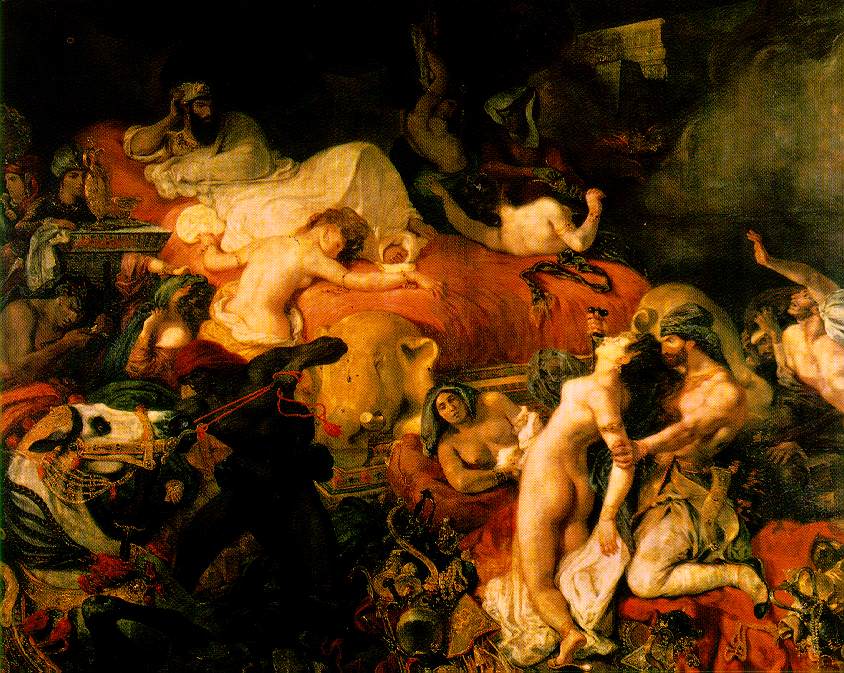Je travaille souvent avec Dr. Ian Greenwald, le médecin qui a organisé l’équipe de médecins qui est allée en Haïti pendant 10 jours. Il a pris récemment le temps de répondre aux quelques questions au sujet de son expérience que je lui ai posées. L’entretien (en anglais pour que toute la classe puisse le lire) est ci-dessous.
C: Describe the hardest thing you had to do (emotionally, physically, or medically) while in Haiti.
Dr. I G: By far the hardest thing for all of our team members was to walk out of the hospital on the last day and head to the airport. Medical teams from Ireland and the US replaced our team – but we had bonded with the patients, their families and our Haitian colleagues. The future for so many of these critically injured Haitians is so uncertain.
C: Describe your “typical” day in Haiti.
Dr. I G: We mostly worked at the University Hospital in Port-au-Prince. It was almost fully demolished by the quake. All the patients are in tents. Our home base at the hospital was an ER tent. We would see new “emergencies” as they came in (malaria, TB, complications from AIDS, trauma etc). We would take some patients directly to the operating room for surgery. Others would receive treatment and sent on their way. Between emergencies we would make our way through the “in-patient” tents and evaluate patients with infected and non-healing wounds. Many of theses patients would be taken to the operating room for skin grafting and wound debridement. The days ran 14-16 hours. The temperature in the tents by mid-day was 100+ degrees.
C: In your opinion, what is currently the most significant medical challenge in Haiti?
Dr. I G: The limited healthcare infrastructure before the earthquake makes caring for so many critically injured victims of the earthquake very difficult. Many of the hospitals that did exist have been destroyed. Likewise, primary care and public health initiatives that were in place have been derailed.
C: What are some of the short-term goals of Partners in Health?
Dr. I G: Partners in Health is focused on the immediate goal of caring for earthquake victims with their Haitian and international partners. There is talk of building a rehab facility in Haiti with a prosthetics factory. There will be a huge ongoing need for these services. They currently do not exist in Haiti.
C: Describe an interaction with another health care worker or a Haitian patient that particularly stuck with you. What hopes do people have for their own future and/or the future of Haiti, from what you could tell?
Dr. I G: The Haitian people are incredibly resilient. I never once heard a complaint. They do not have the luxury to sit around and feel sorry for themselves. They are in survival mode. Despite all the suffering and loss, they were still smiling and look towards the future. I greatly admire their outlook on life.
C: Do you have any other thoughts or comments?
Dr. I G: Never have I seen such destruction in a densely populated world capitol. It will take years to rebuild and a massive commitment by the international community. I hope the world does not lose focus.


